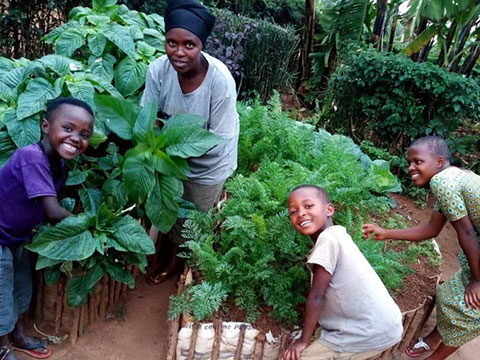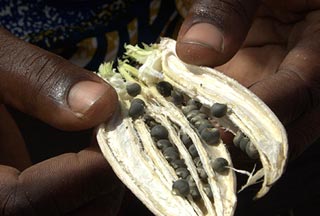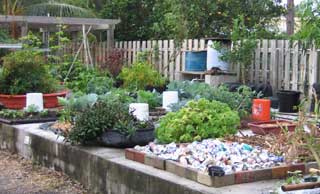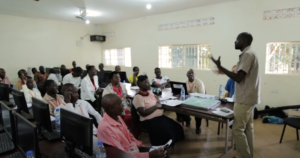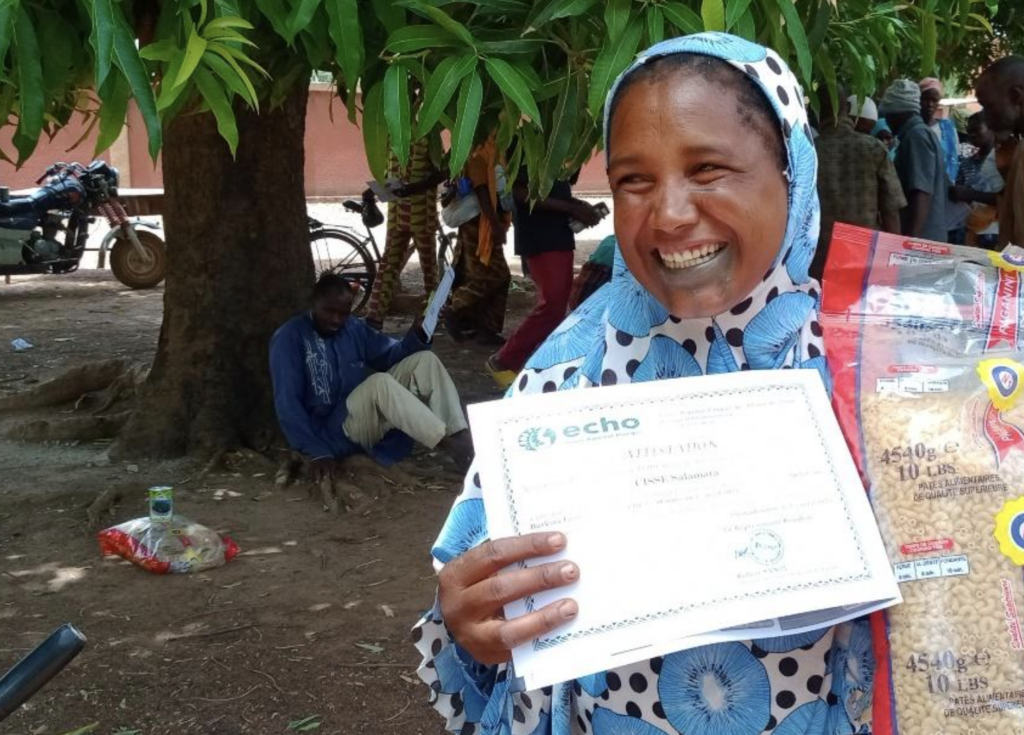
Not far from the ‘tent city’ where she is staying, Salamata Cisse stands behind her certificate with a huge smile. Without many reasons to hope, she believes that providing for her family through new small-scale gardening skills gives them a future regardless of their challenging temporary home.
Salamata is one of more than 1.9 million people who have been internally displaced in the last five years across Burkina Faso. Every day, people flee conflict and disasters, becoming displaced inside their own countries. Some cross borders to become refugees. This internal movement in Burkina Faso has become a challenge to many communities. Families arrive in a neighboring region with few resources and fewer options.
“Too often, displacement and hunger come as a one-two punch,” said Hassane Hamadou, Country Director of the Norwegian Refugee Council. “People forced to move have left behind their fields and livestock. Many displaced families report being down to one meal a day. Recent waves of displacement only heighten the urgency to act.”
Despite immense challenges to provide shelter, water, healthcare, and education among other essential services, communities have rallied to support each other.
According to the United Nations, out of Burkina Faso’s 20 million citizens, more than 2.8 million people are food insecure, and this number is expected to rise significantly over the coming months as the country braces for a longer dry season.
Salamata and the Ipelce community still have many needs, but for the 54 families trained, hope is a game-changer. Salamata shared, “I didn’t know that I had so many options to grow food in our space. This will mean the world to us.”
